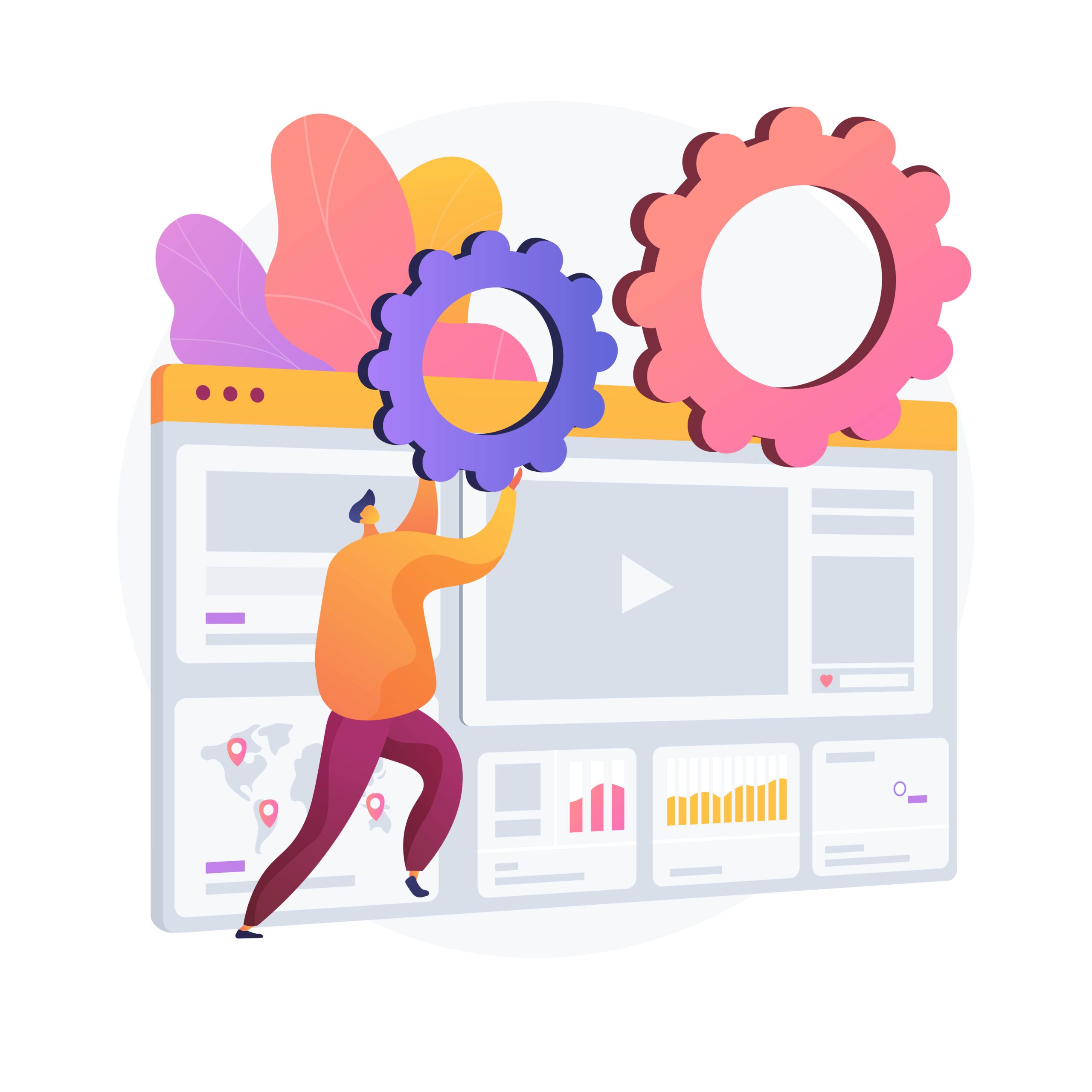
Speed Optimization
A fast-loading website is essential for retaining visitors and reducing bounce rates. Research indicates that even a one-second delay in page load time can lead to a significant drop in conversions. Here are some key strategies to boost your website’s speed:
1) Minimize HTTP Requests: Each element on your webpage, such as images, scripts, and stylesheets, requires a separate HTTP request. Reducing the number of these requests can significantly improve load times. Combine files where possible, and use CSS sprites for small images.
2) Optimize Images: Large images are one of the biggest culprits for slow websites. Use appropriate file formats (JPEG for photos, PNG for graphics with fewer than 16 colors), compress images without sacrificing quality, and utilize responsive images that adjust to different screen sizes.
3) Enable Browser Caching: Browser caching stores static files, such as images and stylesheets, on the user’s device. This way, these elements don’t need to be reloaded every time the user visits your site, drastically improving load times for returning visitors.
4) Minify CSS, JavaScript, and HTML: Removing unnecessary characters, such as spaces and comments, from your code can reduce file sizes and speed up your site. Tools like UglifyJS for JavaScript and CSSNano for CSS can automate this process.
5) Use a Content Delivery Network (CDN): A CDN distributes your site’s content across multiple servers worldwide, ensuring faster load times by serving content from the server closest to the user.
SEO Optimization
According To The Best Search engine optimization Agency In Delhi, SEO is vital for increasing your website’s visibility and attracting organic traffic. Effective SEO involves a combination of on-page and off-page strategies:
1) Keyword Research and Optimization: Identify relevant keywords that your target audience is searching for. Use these keywords naturally in your content, titles, meta descriptions, and headers. Avoid keyword stuffing, as this can harm your rankings.
2) High-Quality Content: Search engines prioritize websites that provide valuable, relevant, and well-structured content. Regularly update your site with fresh content that addresses the needs and questions of your audience.
3) Technical SEO: Ensure your website is technically sound. This includes having a clean and crawlable site structure, using proper HTML tags, and creating an XML sitemap. Also, make sure your site is mobile-friendly, as mobile usability is a significant ranking factor.
4) Backlink Building: Backlinks from reputable sites can boost your site’s authority and improve its search engine rankings. Focus on earning high-quality backlinks through guest blogging, partnerships, and creating shareable content.
5) Optimize Meta Tags: Meta titles and descriptions help search engines understand the content of your pages. Write compelling meta descriptions that include your target keywords and accurately reflect the content of the page.
Conversion Optimization
Driving traffic to your website is only half the battle; converting visitors into customers is the ultimate goal. Here are some strategies to enhance your website’s conversion rates:
1) Clear Call-to-Actions (CTAs): Make your CTAs stand out and ensure they are compelling and action-oriented. Use strong verbs and create a sense of urgency or exclusivity.
2) User-Friendly Design: A clean, intuitive design helps visitors find what they’re looking for quickly. Use a logical layout, easy navigation, and clear headings. Ensure your site is accessible on all devices, including mobile phones and tablets.
3) A/B Testing: Regularly test different versions of your web pages to see which performs better in terms of conversions. This can include testing headlines, CTA buttons, images, and overall page layouts.
4) Social Proof: Incorporate reviews, testimonials, and case studies to build trust with your visitors. Seeing positive feedback from other customers can significantly increase the likelihood of a conversion.
5) Streamlined Checkout Process: If you’re running an e-commerce site, ensure your checkout process is as simple as possible. Reduce the number of steps required to complete a purchase and offer multiple payment options.
Conclusion,
Optimizing your website for speed, SEO, and online conversions is vital for achieving success in today’s competitive digital landscape. Speed optimization ensures a fast and seamless user experience, reducing bounce rates and keeping visitors engaged. By focusing on key strategies such as minimizing HTTP requests, optimizing images, enabling browser caching, and leveraging a content delivery network (CDN), you can significantly enhance your site’s performance. Effective SEO practices, including keyword optimization, high-quality content creation, technical SEO, backlink building, and optimizing meta tags, improve your website’s visibility and attract more organic traffic. This not only boosts your search engine rankings but also ensures that you reach the right audience at the right time.
Conversion optimization, with strategies like clear call-to-actions (CTAs), user-friendly design, A/B testing, social proof, and a streamlined checkout process, is crucial for turning visitors into loyal customers. By focusing on these areas, you can enhance user satisfaction, build trust, and drive more conversions.Remember, the digital landscape is constantly evolving, so it’s important to stay updated with the latest trends and continuously refine your strategies. By prioritizing speed, SEO, and conversions, you can create a robust online presence that supports your business goals and fosters long-term success.
About Author






